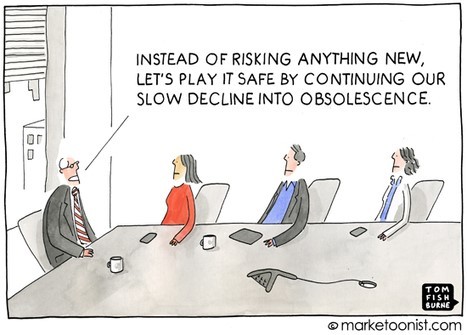“Knowledge is Power”
It’s one thing to have data – it’s another thing entirely to know what to do with it.
Businesses in every industry are aware of the potential benefits of analytics and the need to leverage them to enhance competitiveness, profits and customer satisfaction, but many are still getting stuck at the first hurdle.
We accumulate and aggregate data from such a huge array of sources that the sheer scale of it simply becomes overwhelming, or even intimidating for many. In a worst-case scenario, this can result in “paralysis by analysis”.

But we should be looking at big data and analytics as “the land of opportunity”. The possibilities and opportunities to be found by leveraging analytics to uncover insights hidden in big data are almost endless.
We should all take a moment to reflect on our youth – specifically, remember what it was like to be a kid in a candy store. How did you feel, staring up at row upon row of bottled delights? Were you overwhelmed and struck by indecision, or excited at the choice and selection of goodies on offer?!
It’s understandable that the scope of analytics projects can potentially be a deterrent, but instead of approaching them with trepidation, think like you’re a kid in a candy store. By simply changing our mentality in this simple way and approaching analytics with more confidence, we can overcome that initial feeling of being overwhelmed and place ourselves on the path to success.
The Analytics Onion
As should always be the case with modern enterprise technology, big data and analytics projects are not something to be embarked upon all in one go. Indeed, jumping too far ahead too quickly will likely hinder rather than help.
Analytics solutions can be broken down into layers, each with specific applications that can be built up progressively to offer a more holistic view of operations.
- Descriptive – Describes what has happened in the past (reporting) as well as what is currently happening (monitoring).
- Diagnostic – Diagnoses cause-and-effect, explaining why events took place the way they did.
- Predictive – Predicts the probability of possible future outcomes, based on fixed/historical values and variable parameters (what-if scenarios).
- Prescriptive – Prescribes the best course, or courses, of action to take and importantly, why those actions are recommended and what impact they will have (optimisation).
Although these forms of analytics are (at least initially) more easily applied to structured data sources, more and more of the information valuable to effective decision making comes from the increasingly large pools of unstructured data that are also at our disposal. This is where the role of Cognitive Analytics comes into play.
Making the Most of Unstructured Data
Cognitive Analytics applies human-like understanding and application of context to unstructured data, such as identifying objects, places and people within images, or interpreting the meaning within long-form text, rather than just recognising individual words.
Combined with the colossal computing power now available, this human-like intelligence can process data at a scale far beyond our comprehension. As it also includes an element of machine learning, with more and more data processed over time, the depth and accuracy of insights continuously improves.
Although Cognitive Analytics can be effective when applied to any of the individual layers described, it becomes most effective when applied across the entire spectrum. Essentially, the more information you feed into it, the better the results you get out.
The Land of Opportunity
While analytics projects can seem intimidating at first, we shouldn’t let that influence our adoption of big data solutions. There are a wealth of opportunities available to increase service levels and customer satisfaction, while simultaneously optimising business processes to reduce costs.
Remember though, there is no need to try and do everything at once. Start out small, then build up the skills and expertise necessary among your data scientists and engineers, making sure they understand and align with the business view and long-term goals.
Analytics is not a single project, but a continuum of expanding capabilities. For this reason, it requires strong leadership advocation to make it successful in the long-run. But, that all starts with the right mindset – one that is not afraid of change, but one that sees analytics for what it really is – the “Land of Opportunity”.


